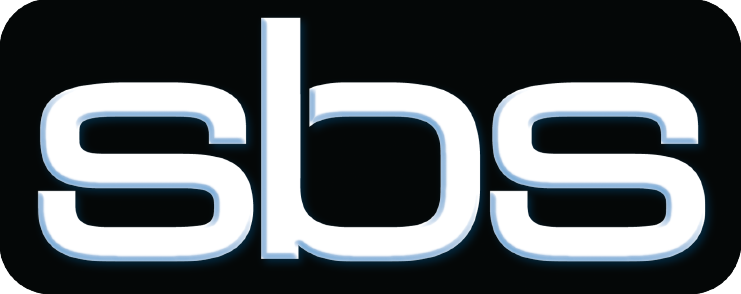For Lincoln Electric System (LES), the move toward design automation was a carefully managed transformation that required balancing technical complexity, user adoption, and integration across multiple systems, leading to transformational design productivity gains.
Keaton Koehler, an electrical engineer with LES, recently shared the utility’s journey from legacy workflows to Automated Utility Design (AUD), and how the process is reshaping the way LES designs, tracks, and manages its distribution network.
From Redundant Workflows to Connected Design
Based in Lincoln, Nebraska, LES is a publicly owned municipal utility serving more than 150,000 customers. Its 11-person design team is responsible for engineering and maintaining the city’s growing distribution infrastructure.
Before adopting AUD, LES relied on AutoCAD drawings created from scratch, with GIS data manually redrawn into each project. Once designs were complete, mapping technicians had to replicate those updates back into GIS, doubling the effort and creating opportunities for inconsistency.
“We saw an opportunity to increase productivity by using AUD,” Koehler explained. “Anything that was drawn in AutoCAD had to be redrawn in GIS. AUD gave us a way to connect those environments and eliminate that duplication.”
Tackling Integration and Data Complexity
A phased rollout began in 2022, with full implementation in 2024. The transition required aligning AutoCAD standards, integrating LES’s robust Esri GIS, and bringing its custom-built materials software, developed years earlier by the local university, into a modern workflow with SAP.
That migration was complex. LES maintained an unusually detailed spec book that tracked every nut and bolt used in construction. Each variant, sub-spec, and configuration had to be translated into the AUD environment.
“Our model tables got pretty long,” Koehler said. “It was important to maintain accuracy because we don’t use truck stock. Every part of a job must be accounted for.”
While the integration effort was significant, it built a foundation that LES can continue to refine and expand. The utility developed new rule-based automation to manage tagging, connectivity, and material selection directly within AUD.
Finding the Right Balance of Automation
As the team introduced automation, they discovered that reliability mattered more than volume.
“As we started rolling it out, we realized that less automation can be better at first,” Koehler said. “We pulled back some rules early on so users could get comfortable with the system and understand why things were happening.”
By focusing on training and visibility, LES gave its designers more control and confidence. Engineers learned how connectivity drives automation and how each line or structure affects downstream materials and validations. Over time, the team began adding back more automation as users’ understanding deepened.
Overcoming Early Technical Challenges
Like many utilities modernizing design systems, LES faced growing pains along the way.
File synchronization across OneDrive and SharePoint introduced versioning issues when multiple people accessed the same drawings. LES has since implemented new safeguards and backup procedures and plans to explore a more robust Vault-style system in the future.
Another issue involved how AutoCAD handled embedded database information. “If the industry model database doesn’t save correctly, you can end up with drawings that look fine but are missing all the data behind them,” Koehler noted. LES created workarounds, including backup files and additional validations, to protect against data loss.
Building Confidence and Momentum
These experiences are shaping how LES approaches automation going forward. The team continues to refine validation rules, improve GIS import and export accuracy, and enhance user experience through small quality-of-life updates in the interface.
And while the early stages required a learning curve, the utility has already begun seeing operational benefits. By automating data flow between GIS, design, and SAP, LES expects greater consistency in materials management and asset tracking.
“When we were implementing this, we took a hard look at our specs and realized how much we could simplify by leveraging AUD’s capabilities,” Koehler reflected. “What used to require multiple variants can now be handled through connections and rules.”
Lessons for Other Utilities
For utilities planning a similar transformation, Koehler’s advice is straightforward: plan early, clarify roles, and phase users in gradually.
“The key is building trust in the system,” he said. “When users can rely on the automation to deliver accurate results, that’s when you really start to see the productivity gains.”
Today, LES continues to build on that foundation, moving toward tighter GIS integration, expanded automation, and more reliable workflows. The challenges they faced have become part of the value of the process, each one helping to shape a system that’s smarter, stronger, and more adaptable for the future of design.

